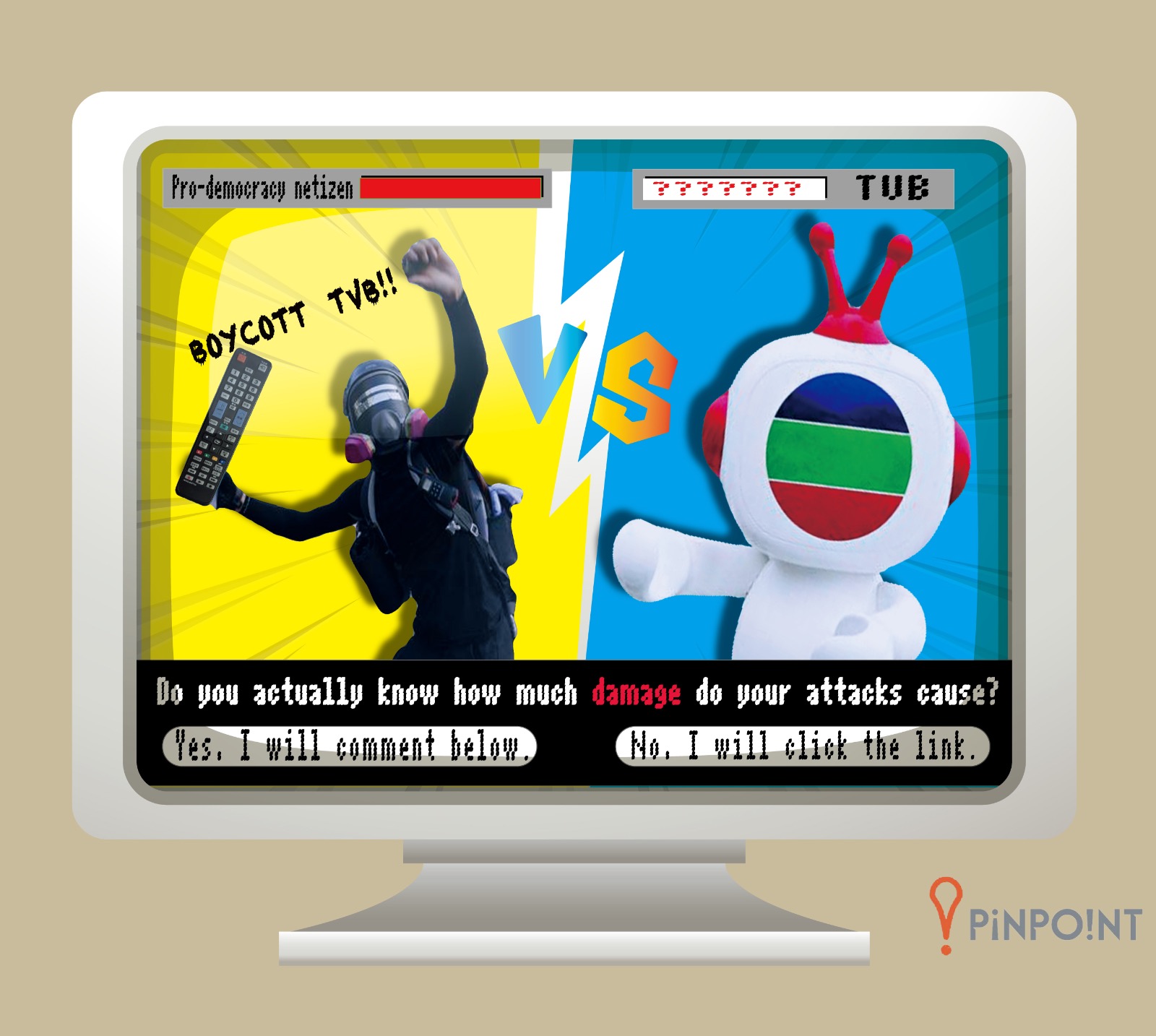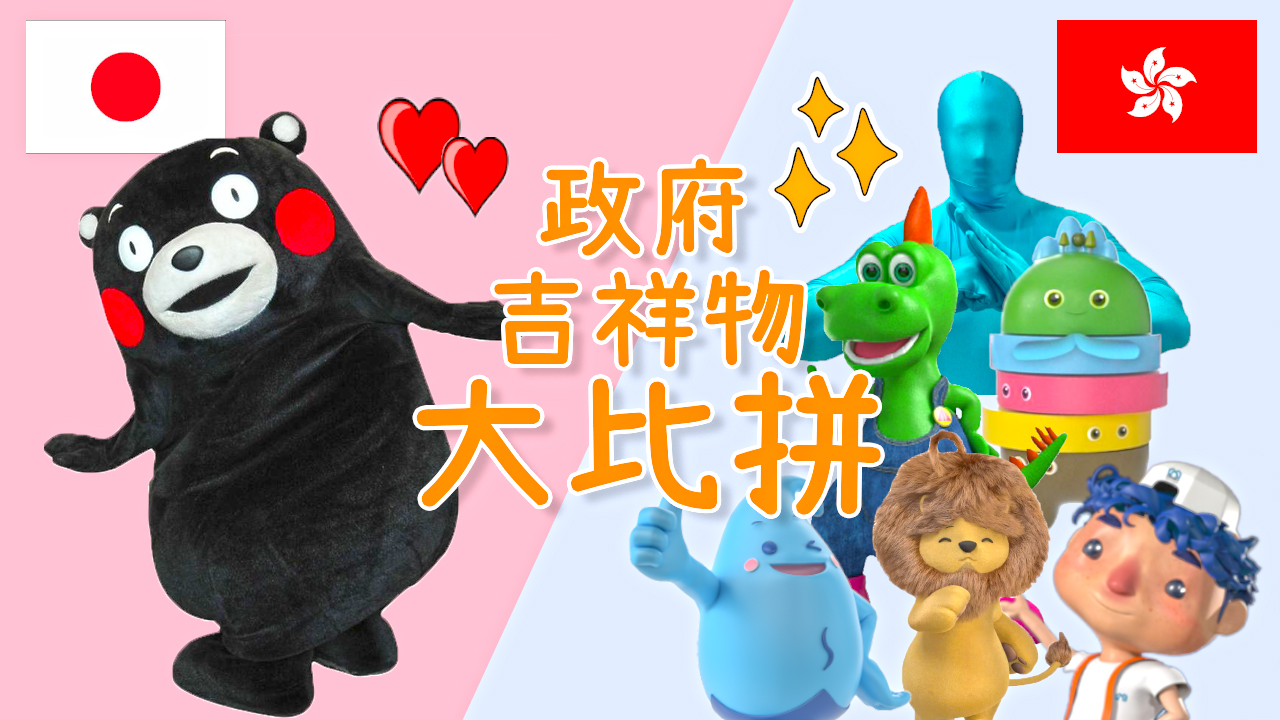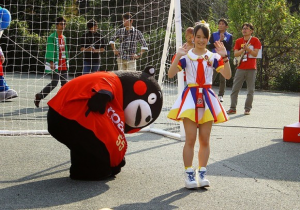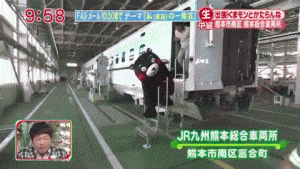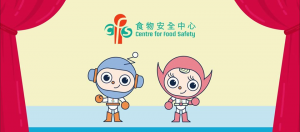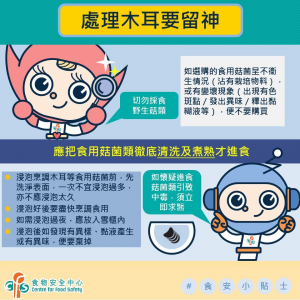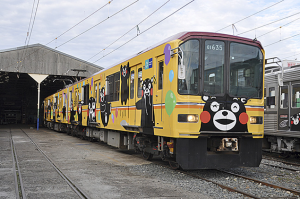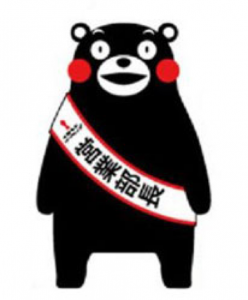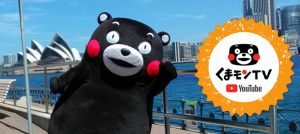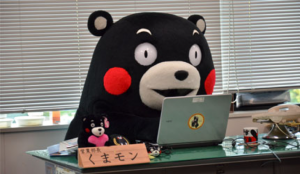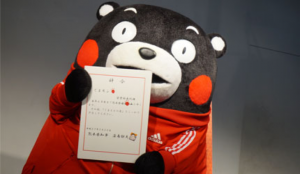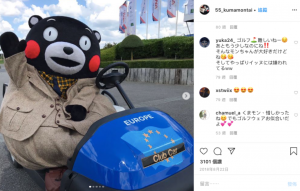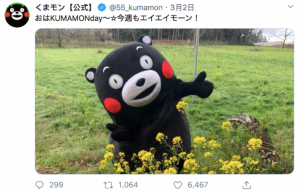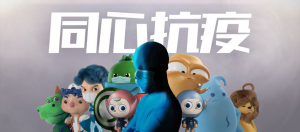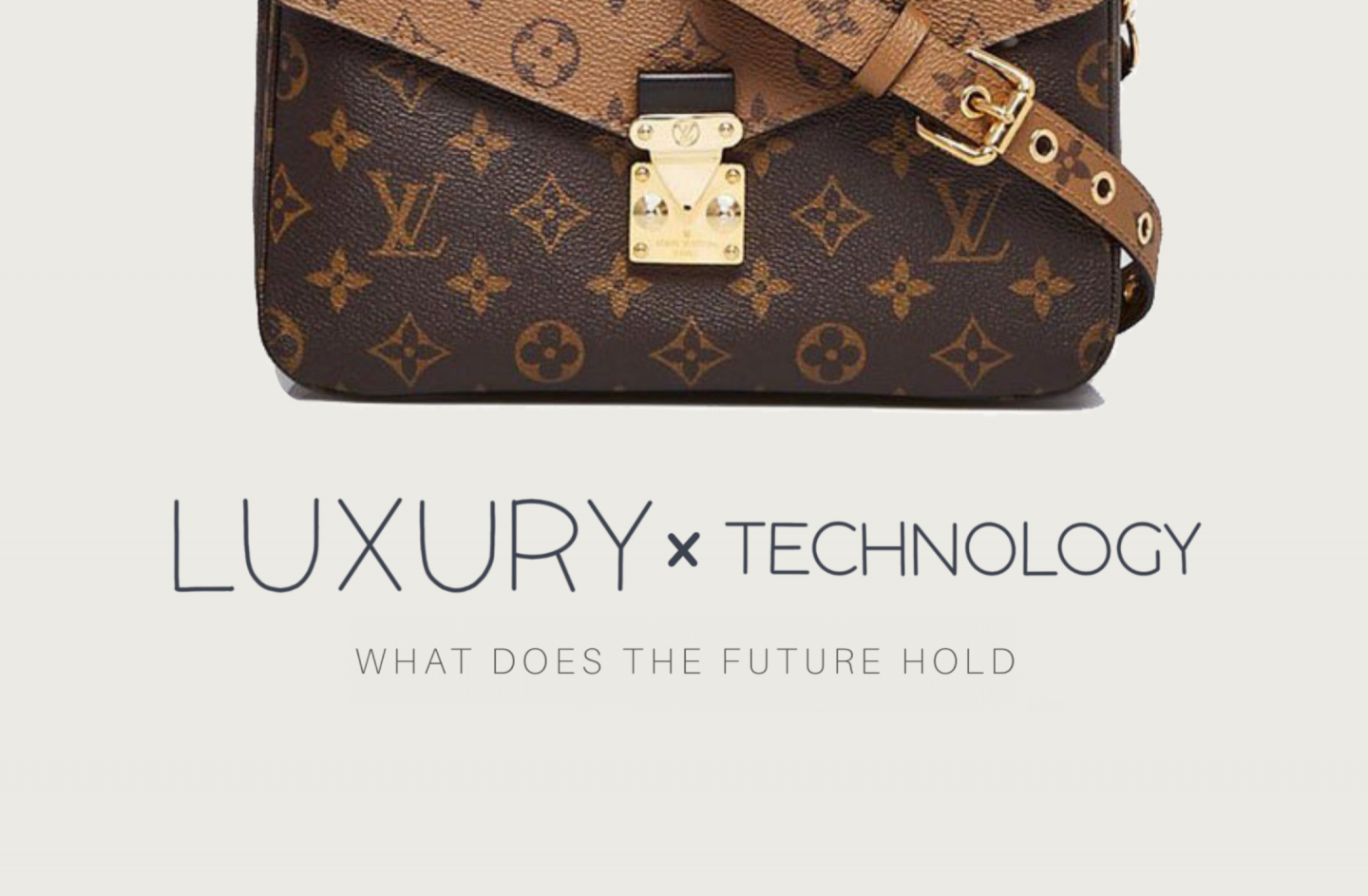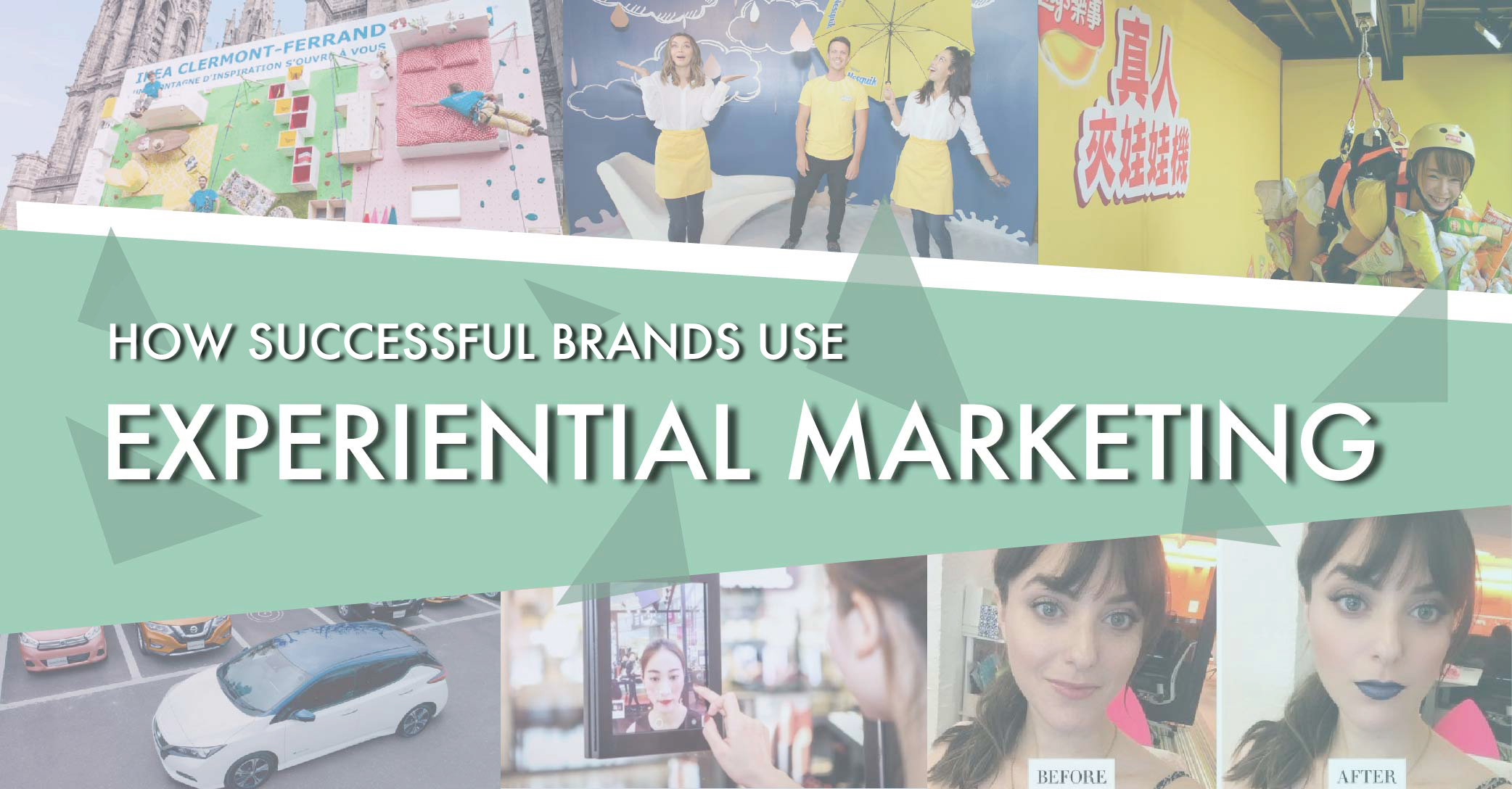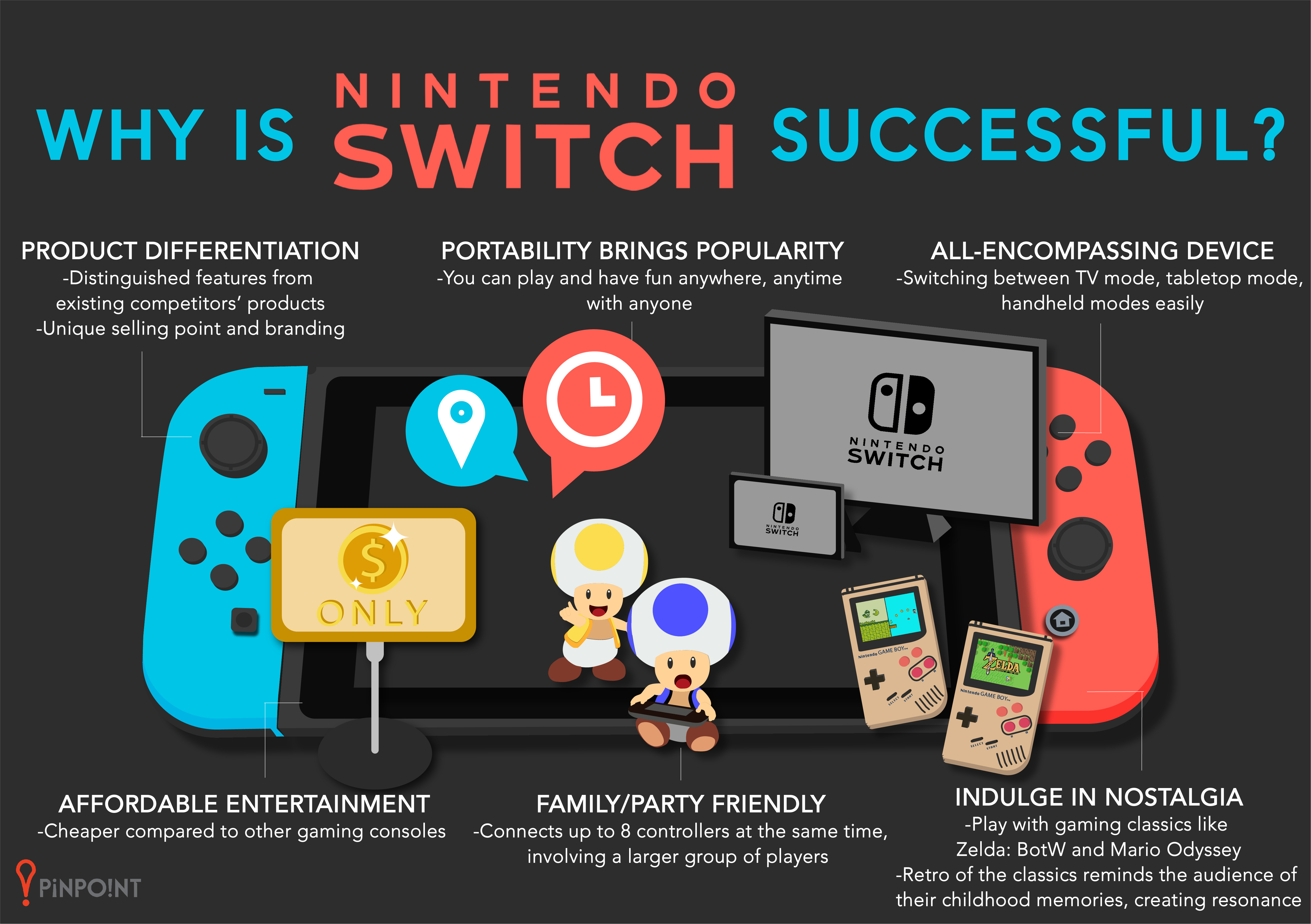Written by: LEUNG Nok Huen Christie
Lack of budget has always been a significant pain point for most Non-Governmental Organisations (NGOs). Therefore, in view of not being able to afford costly traditional marketing like placing advertisements on television, the idea of guerrilla marketing introduced by Jay Conrad Levinson in 1984 has become a budget-friendly alternative for many NGOs.
The guerrilla strategy purely focuses on taking the target audience by surprise and/or unconventional interaction to create a greater impression on the campaign message (Levinson, 2007). In the Summer of 2016, Greenpeace Hong Kong successfully adopted experiential marketing, a type of guerrilla marketing that engaged people using memorable experiences, in their Zero Plastic Ocean campaign.

Similar to other NGOs, Greenpeace only relies on individual donations instead of funding from the government, commercial or political groups. Hence when it came to a low-budget campaign planning, Greenpeace decided to provide a one-off and immersive experience for public in order to raise their awareness towards the impacts of microplastics on the ecosystem and human health. The team set up a pop-up sushi bar at the pedestrian precinct in Causeway Bay on a Saturday afternoon during summertime. The appropriate choice of location and time contributes to the success of utilising guerrilla marketing, as it not only helped Greenpeace to reach a large number of people in a short period of time, it also wowed the public with the unexpected appearance of a sushi bar on the street. In addition, targeting Hong Kong people’s interests in free goods and refreshing sushi in hot summer days, Greenpeace claimed to offer free “sushi” so as to catch passers-by’s eyes and tempt them into getting in line. Eventually, the sushi bar became a foot traffic-stopper in the busy street.

However, when participants finally entered the sushi bar after a long wait, the sushi chef would serve them a plate of “sushi” made of microplastics in place of the fresh and mouth-watering sushi that they longed for. By means of the huge deviation from what people anticipated, Greenpeace aimed at generating remarkable experiences for every participant and arousing their profound reflections on the corresponding environmental issue. At the same time, to minimize any dissatisfaction and irritation towards the guerrilla event, the team prepared some kusa mochi in advance to compensate for participants’ efforts and explain the significance of the campaign to them in detail. This shows Greenpeace also took the potential risks of implementing this campaign into consideration.
 All in all, the Zero Plastic Ocean campaign launched by Greenpeace Hong Kong in 2016 has effectively demonstrated how guerrilla marketing, especially experiential marketing, can excite audiences greatly and leave lasting impressions using a low budget. Yet, a fly in the ointment was that Greenpeace should have kept the momentum going and amplified the amazing results across different online channels to continue creating buzz for the campaign. If Greenpeace had paid attention to this point, it would have achieved an even bigger success!
All in all, the Zero Plastic Ocean campaign launched by Greenpeace Hong Kong in 2016 has effectively demonstrated how guerrilla marketing, especially experiential marketing, can excite audiences greatly and leave lasting impressions using a low budget. Yet, a fly in the ointment was that Greenpeace should have kept the momentum going and amplified the amazing results across different online channels to continue creating buzz for the campaign. If Greenpeace had paid attention to this point, it would have achieved an even bigger success!
References
Alexakis, I. (2019, October 22). Guerilla Marketing Ideas: 7 Real Examples To Shut Down Your Competition. Retrieved from https://moosend.com/blog/guerilla-marketing-ideas/
Greenpeace Hong Kong. (n.d.). Mission. Retrieved March 15, 2020 from https://www.greenpeace.org/hongkong/about/mission/
Greenpeace Hong Kong [Facebook Page]. (n.d.). Retrieved March 15, 2020 from https://www.facebook.com/watch/?v=10157219832950501
Levinson, J. C. (2007). Guerrilla Marketing: Easy and Inexpensive Strategies for Making Big Profits from Your Small Business. New York, NY: Houghton Mifflin Harcourt.
Torres, A. (2019, March 27). Experiential Marketing, Defined — and Examples to Inspire You. Retrieved from https://www.eventbrite.com/blog/experiential-marketing-definition-ds00/








